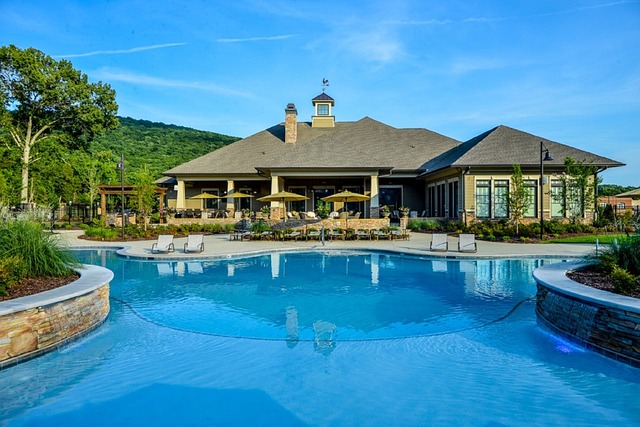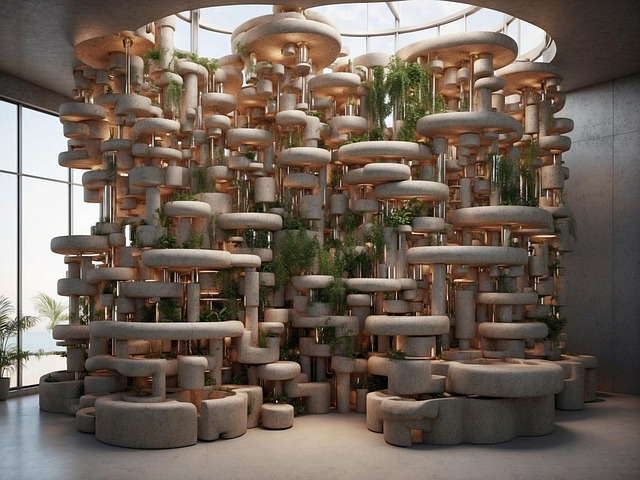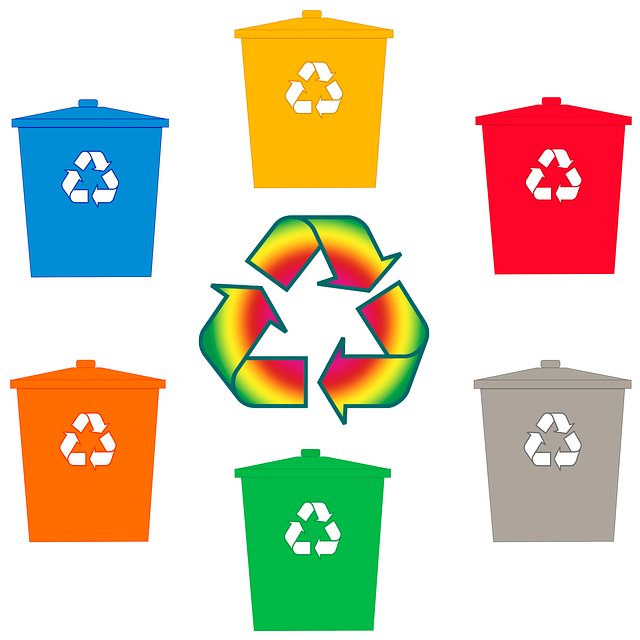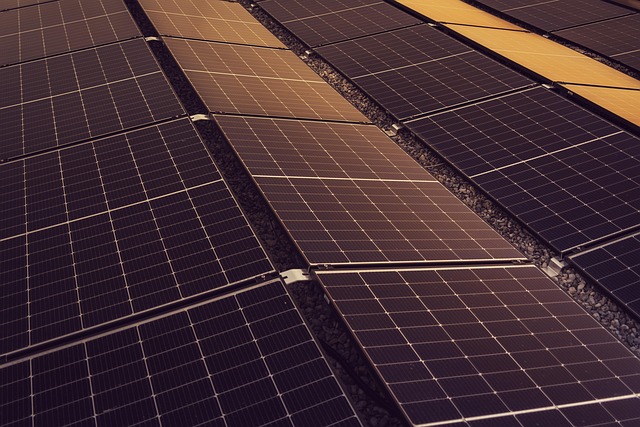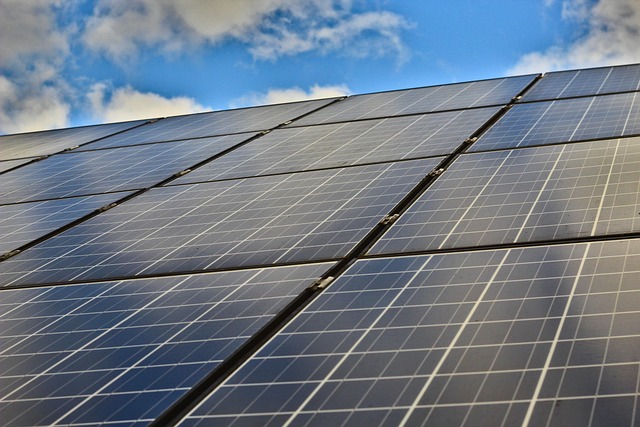Glue laminated beams (GLBs) offer a sustainable construction alternative to traditional lumber. Made by gluing multiple wood layers together, GLBs enhance structural integrity while minimizing waste and deforestation. Their superior strength-to-weight ratio reduces material needs, lowering environmental impact. Driven by green building standards, the demand for GLBs surges as an eco-friendly option with long-term cost savings. Advanced wood bonding techniques ensure high-quality production, making GLBs a promising future choice for sustainable construction practices.
The construction industry is undergoing a green revolution, and at its forefront is the growing demand for glue laminated beams (GLBs). This sustainable building solution offers an environmentally friendly alternative to traditional lumber. In this article, we explore the ‘sustainability of GLBs’ across various facets: from their production methods and environmental benefits to their role in green building standards and real-world case studies. Unlocking the future of eco-conscious construction, we delve into market trends and innovations shaping the industry.
- Understanding Glue Laminated Beams: A Sustainable Option
- Environmental Impact of Traditional Lumber vs. GLB Production
- Green Building Standards Promoting GLB Adoption
- Energy Efficiency and Reduced Carbon Footprint
- Case Studies: Success Stories in GLB Implementation
- Future Prospects: Market Trends and Innovations
Understanding Glue Laminated Beams: A Sustainable Option
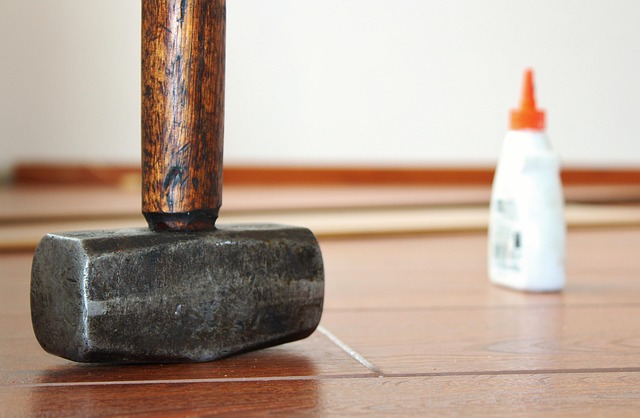
Glue laminated beams are an innovative and sustainable option gaining traction in the construction industry. These structural elements are created by gluing together multiple layers of lumber, forming a strong and durable composite material. This production method not only enhances the structural integrity of buildings but also prioritizes sustainability.
The environmental benefits of glue laminated beams are significant. The use of glued lumber reduces waste compared to traditional solid wood timbers, as offcuts and scrap materials can be efficiently utilized. Additionally, the longevity of these beams is a key advantage; they offer superior strength-to-weight ratios and can withstand extreme weather conditions, reducing the need for frequent replacements. For those interested in exploring green building materials, laminated beam production methods and their sustainability benefits are worth delving into, especially when considering long-term cost savings and environmental impact. You can find further insights on this topic at unalam.com, your comprehensive green building materials guide.
Environmental Impact of Traditional Lumber vs. GLB Production
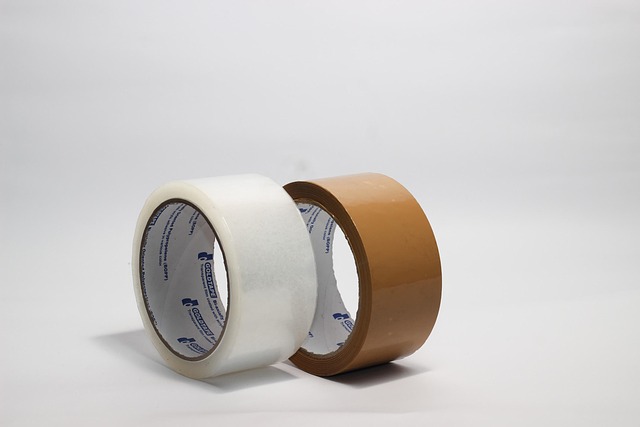
The production of traditional lumber has significant environmental implications, from deforestation to greenhouse gas emissions. In contrast, Glue Laminated Beams (GLBs) offer a more sustainable approach to construction. The manufacturing process for GLBs involves gluing together multiple smaller wood pieces, creating strong and reusable structural components. This method reduces the need for extensive logging and minimizes waste, as each component can be used in multiple projects.
Compared to traditional lumber, GLBs provide an excellent low-environment impact construction solution. They are a more efficient use of resources, as the glue bonding process allows for higher strength-to-weight ratios. This means less material is required to achieve structural integrity, contributing to overall sustainability. For architects looking to incorporate eco-friendly practices into their designs, GLBs offer numerous benefits and are an excellent choice to consider. Give us a call at (607) 369-9341 to learn more about the reusable structural components that can enhance your projects’ sustainability.
Green Building Standards Promoting GLB Adoption
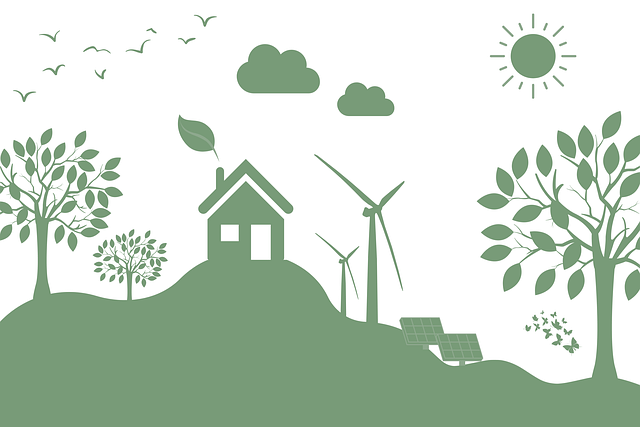
Green building standards have played a pivotal role in promoting the adoption of Glue Laminated Beams (GLBs). These standards, which emphasize sustainability and environmental responsibility, recognize the exceptional sustainability of GLBs. Made from multiple layers of wood veneers glued together, GLBs offer a long-lasting alternative to traditional structural elements, reducing the need for frequent replacements.
The growing trend towards sustainable timber frame construction has further fueled the demand for GLBs. As builders and architects seek out biodegradable building components that minimize environmental impact, GLBs have emerged as a top choice due to their durability, strength, and eco-friendliness. By choosing GLBs, builders can contribute to a greener future while ensuring structural integrity in their projects. For more insights on green building materials, give us a call at (607) 369-9341.
Energy Efficiency and Reduced Carbon Footprint

The sustainability of glue laminated beams is becoming increasingly recognized as a key driver in their growing popularity, especially in light of the global push for energy efficiency and reduced carbon footprints. Glue lamination technology plays a significant role in achieving these environmental goals. By bonding multiple layers of wood together, this process creates durable and sustainable beams that are stronger and more efficient than traditional building materials. This method significantly reduces the ecological impact of wood lamination by minimizing waste and maximizing resource utilization, making it an attractive option for environmentally conscious architects and builders.
The production of glue laminated beams involves advanced engineering techniques that enhance their structural integrity while also lowering their environmental footprint. These beams can contribute to more energy-efficient buildings as they provide superior load-bearing capabilities, allowing for reduced material use and smaller, more compact structures. Furthermore, the longevity of these durable and sustainable beams means they can outlast conventional alternatives, leading to fewer replacements over a building’s lifespan. To learn more about how glue laminated beams can benefit your projects, give us a call at (607) 369-9341.
Case Studies: Success Stories in GLB Implementation
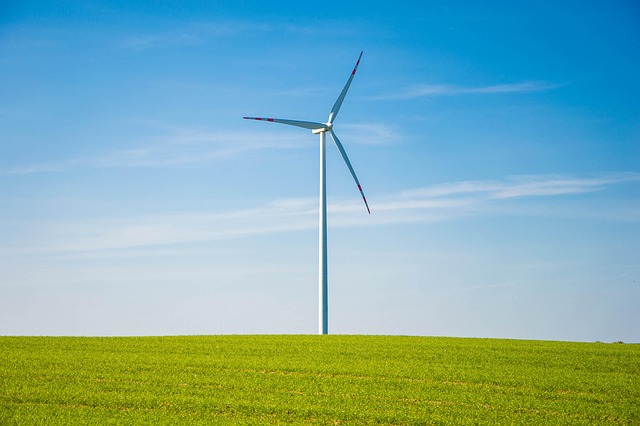
In recent years, several case studies have highlighted the successful implementation and benefits of Glue Laminated Beams (GLBs) in construction projects, showcasing their sustainability as a key driver for increased demand. These success stories demonstrate that GLBs offer a promising solution to the industry’s need for more eco-friendly building practices. For instance, a recent project in Europe utilized GLBs extensively, resulting in a significantly reduced carbon footprint compared to traditional structural elements. The use of laminated timber, a core component of GLBs, is not only a sustainable material innovation but also provides exceptional strength and durability.
Architects have embraced the glue laminated benefits for their projects, particularly in the pursuit of biodegradable building components. By replacing conventional materials with GLBs, these professionals can contribute to a greener built environment. The production process of GLBs involves advanced wood bonding techniques, ensuring high-quality, consistent structures. This method minimizes waste and maximizes material efficiency, which aligns with the growing demand for sustainable material choices. To learn more about how GLBs can be tailored to meet specific design needs, give us a call at (607) 369-9341.
Future Prospects: Market Trends and Innovations

The future of construction is increasingly focused on sustainability, and green building materials are at the forefront of this movement. Glue laminated beams, known for their superior strength and durability, are gaining popularity due to their eco-friendly production process and positive environmental impact. This trend is not only driven by a conscious effort to reduce carbon footprints but also by the evolving preferences of architects, engineers, and builders who prioritize long-lasting, sustainable solutions in every project.
Market trends suggest that the demand for green building materials, including glue laminated beams, will continue to rise. Innovations in wood laminating technology have resulted in structures that are stronger, more stable, and more resistant to natural elements compared to traditional beam options. As the construction industry shifts towards a more sustainable practice, give us a call at (607) 369-9341 to explore how glue laminated beams can be integrated into your next project, offering both aesthetic appeal and environmental responsibility in the realm of green building materials guide. In terms of longevity, these glued wood structures stand as a testament to the fusion of modern technology and natural resources, making them a compelling choice for environmentally conscious builders. When comparing glue laminate vs traditional beams, the advantages are clear, setting a new standard for both strength and sustainability in the construction sector.
The increasing awareness of the environmental sustainability of glue laminated beams (GLBs) is driving significant demand in various sectors. As the world shifts towards greener construction practices, GLBs offer a promising solution for reducing the carbon footprint associated with traditional lumber production. With their superior strength-to-weight ratio and minimal waste during manufacturing, GLBs are set to become a key component in the future of sustainable building. The rising adoption of green building standards further fuels this trend, encouraging industries to embrace eco-friendly alternatives like GLBs. As market trends evolve, ongoing innovations will undoubtedly enhance the appeal and accessibility of these products, ultimately contributing to a greener and more sustainable built environment.


